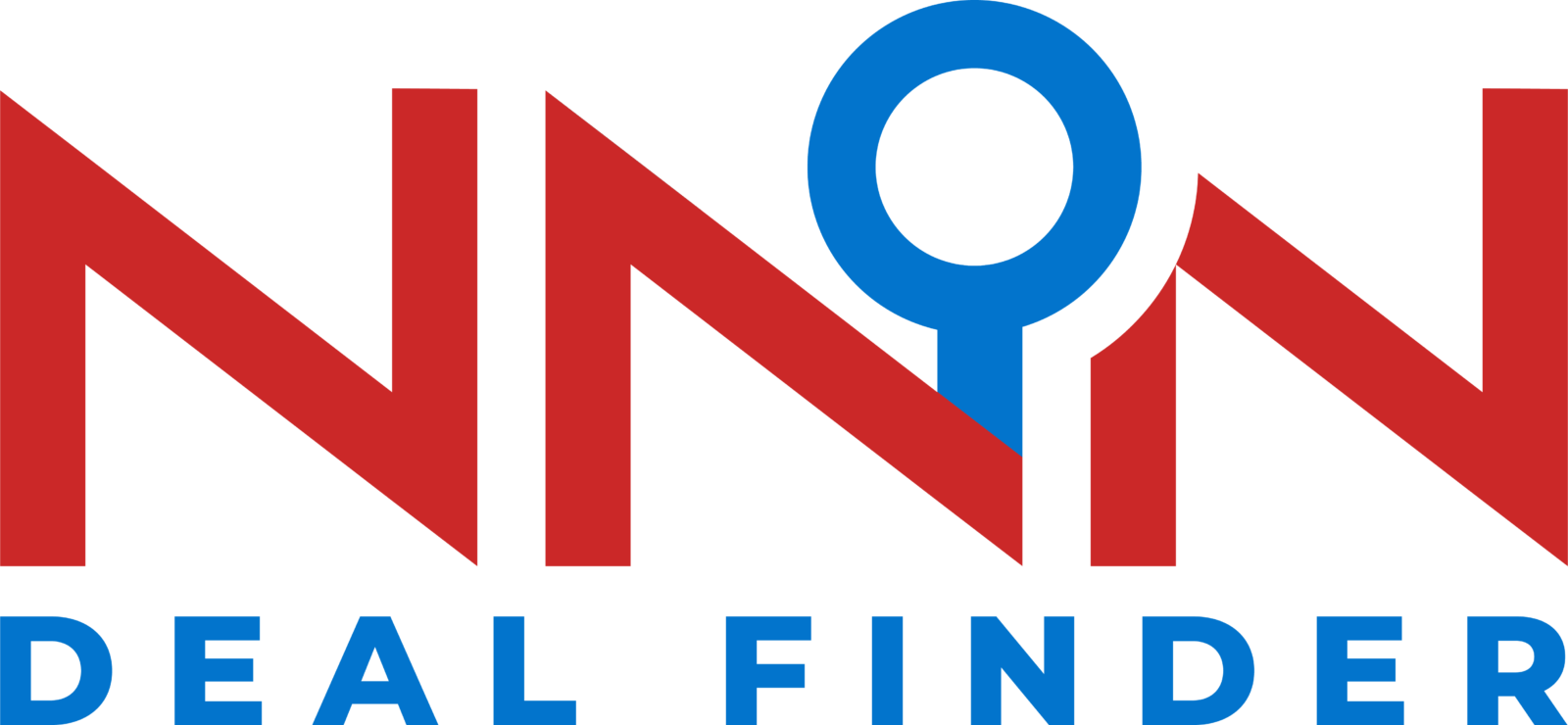Oftentimes we get phone calls from real estate investors asking us about if we happen to have connections who would be interested in investing in a 1031 exchange property. The commercial market for real estate is quite aggressive now, and people owning lucrative properties are being contacted every now and then asking whether they are willing to sell their real estate possession. This is always great to know that people are making offers for your 1031 exchange property readily. But the question is: what you should do.
Some of us might indulge in structured sale, right away. However, there are others who have more market experience and may seek reverse exchanges to tie up good replacement properties, before the closing process comes to an end.
The Cost of Reverse Exchange
A reverse exchange allows you to acquire property before the deal for selling your property is sealed. There is also room for a parking entity to ensure investor access to necessary funds.
Though you can always park the property to be relinquished, in many cases it may cost you extra; costs like closing fees, duplicate state transfer taxes, title insurance, and stamps are the most typical.
Naturally, there are investors who reap the benefits of reverse exchanges. They tend to invest in a property or a set of property, but to no avail, as they are unsure about which relinquished property will suit them more. There should be a framework on 1031 exchange property time restrictions, while maintaining some leverage as a part of the deal closing process; the reason is none other than the limitation in exchange period, which some sellers try to take advantage of.
The option to combine reverse exchange with construction exchanges or “build to suit” is also open; and this precisely applies before the beginning of construction and the acquisition of the target property.
